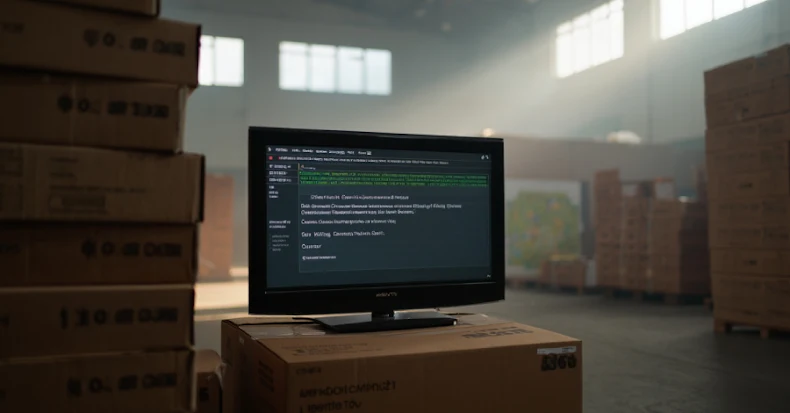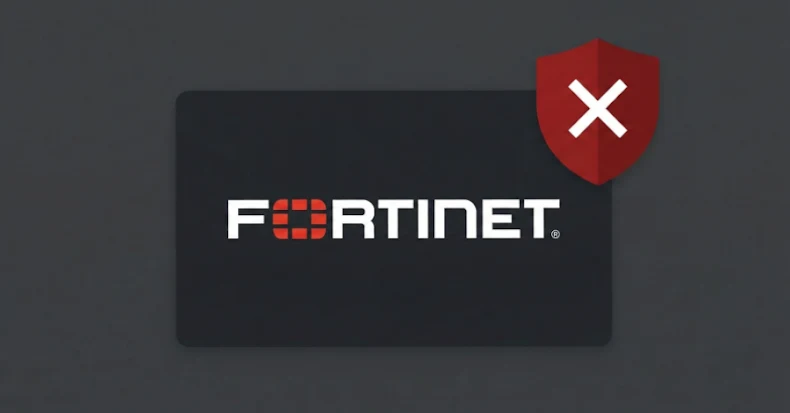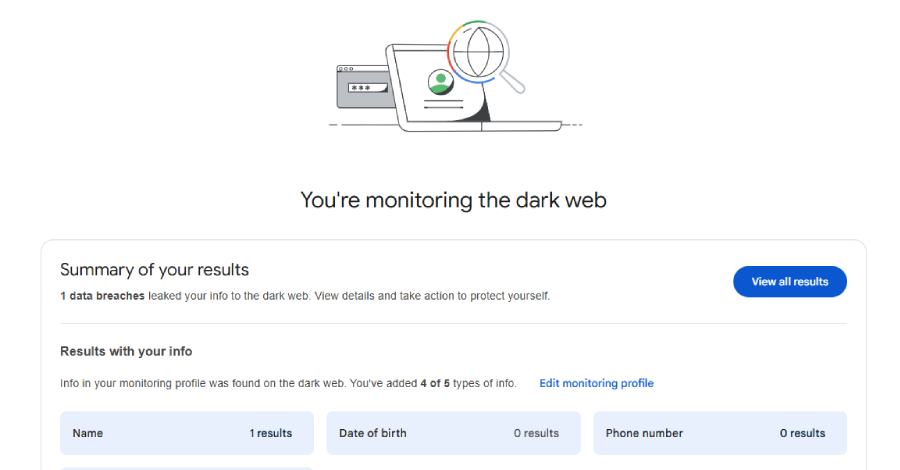AI-assisted coding and AI app generation platforms have created an unprecedented surge in software development. Companies are now facing rapid growth in both the number of applications and the pace of change within those applications. Security and privacy teams are under significant pressure as the surface area they must cover is expanding quickly while their staffing levels remain largely unchanged.
Existing data security and privacy solutions are too reactive for this new era. Many begin with data already collected in production, which is often too late. These solutions frequently miss hidden data flows to third party and AI integrations, and for the data sinks they do cover, they help detect risks but do not prevent them. The question is whether many of these issues can instead be prevented early. The answer is yes. Prevention is possible by embedding detection and governance controls directly into development. HoundDog.ai provides a privacy code scanner built for exactly this purpose.
Data security and privacy issues that can be proactively addressed
Sensitive data exposure in logs remains one of the most common and costly problems
When sensitive data appears in logs, relying on DLP solutions is reactive, unreliable, and slow. Teams may spend weeks cleaning logs, identifying exposure across the systems that ingested them, and revising the code after the fact. These incidents often begin with simple developer oversights, such as using a tainted variable or printing an entire user object in a debug function. As engineering teams grow past 20 developers, keeping track of all code paths becomes difficult and these oversights become more frequent.
Inaccurate or outdated data maps also drive considerable privacy risk
A core requirement in GDPR and US Privacy Frameworks is the need to document processing activities with details about the types of personal data collected, processed, stored, and shared. Data maps then feed into mandatory privacy reports such as Records of Processing Activities (RoPA), Privacy Impact Assessments (PIA), and Data Protection Impact Assessments (DPIA). These reports must document the legal bases for processing, demonstrate compliance with data minimization and retention principles, and ensure that data subjects have transparency and can exercise their rights. In fast-moving environments, though, data maps quickly drift out of date. Traditional workflows in GRC tools require privacy teams to interview application owners repeatedly, a process that is both slow and error-prone. Important details are often missed, especially in companies with hundreds or thousands of code repositories. Production-focused privacy platforms provide only partial automation because they attempt to infer data flows based on data already stored in production systems. They often cannot see SDKs, abstractions, and integrations embedded in the code. These blind spots can lead to violations of data processing agreements or inaccurate disclosures in privacy notices. Since these platforms detect issues only after data is already flowing, they offer no proactive controls that prevent risky behavior in the first place.
Another major challenge is the widespread experimentation with AI inside codebases
Many companies have policies restricting AI services in their products. Yet when scanning their repositories, it is common to find AI-related SDKs such as LangChain or LlamaIndex in 5% to 10% of repositories. Privacy and security teams must then understand which data types are being sent to these AI systems and whether user notices and legal bases cover these flows. AI usage itself is not the problem. The issue arises when developers introduce AI without oversight. Without proactive technical enforcement, teams must retroactively investigate and document these flows, which is time-consuming and often incomplete. As AI integrations grow in number, the risk of noncompliance grows too.
What is HoundDog.ai
HoundDog.ai provides a privacy-focused static code scanner that continuously analyzes source code to document sensitive data flows across storage systems, AI integrations, and third-party services. The scanner identifies privacy risks and sensitive data leaks early in development, before code is merged and before data is ever processed. The engine is built in Rust, which is memory safe, and it is lightweight and fast. It scans millions of lines of code in under a minute. The scanner was recently integrated with Replit, the AI app generation platform used by 45M creators, providing visibility into privacy risks across the millions of applications generated by the platform.
Key capabilities
AI Governance and Third-Party Risk Management
Identify AI and third-party integrations embedded in code with high confidence, including hidden libraries and abstractions often associated with shadow AI.
Proactive Sensitive Data Leak Detection
Embed privacy across all stages in development, from IDE environments, with extensions available for VS Code, IntelliJ, Cursor, and Eclipse, to CI pipelines that use direct source code integrations and automatically push CI configurations as direct commits or pull requests requiring approval. Track more than 100 types of sensitive data, including Personally Identifiable Information (PII), Protected Health Information (PHI), Cardholder Data (CHD), and authentication tokens, and follow them across transformations into risky sinks such as LLM prompts, logs, files, local storage, and third-party SDKs.
Evidence Generation for Privacy Compliance
Automatically generate evidence-based data maps that show how sensitive data is collected, processed, and shared. Produce audit-ready Records of Processing Activities (RoPA), Privacy Impact Assessments (PIA), and Data Protection Impact Assessments (DPIA), prefilled with detected data flows and privacy risks identified by the scanner.
Why this matters
Companies need to eliminate blind spots
A privacy scanner that works at the code level provides visibility into integrations and abstractions that production tools miss. This includes hidden SDKs, third-party libraries, and AI frameworks that never show up through production scans until it is too late.
Teams also need to catch privacy risks before they occur
Plaintext authentication tokens or sensitive data in logs, or unapproved data sent to third-party integrations, must be stopped at the source. Prevention is the only reliable way to avoid incidents and compliance gaps.
Privacy teams require accurate and continuously updated data maps
Automated generation of RoPAs, PIAs, and DPIAs based on code evidence ensures that documentation keeps pace with development, without repeated manual interviews or spreadsheet updates.
Comparison with other tools
Privacy and security engineering teams use a mix of tools, but each category has fundamental limitations.
General-purpose static analysis tools provide custom rules but lack privacy awareness. They treat different sensitive data types as equivalent and cannot understand modern AI-driven data flows. They rely on simple pattern matching, which produces noisy alerts and requires constant maintenance. They also lack any built-in compliance reporting.
Post-deployment privacy platforms map data flows based on information stored in production systems. They cannot detect integrations or flows that have not yet produced data in those systems and cannot see abstractions hidden in code. Because they operate after deployment, they cannot prevent risks and introduce a significant delay between issue introduction and detection.
Reactive Data Loss Prevention tools intervene only after data has leaked. They lack visibility into source code and cannot identify root causes. When sensitive data reaches logs or transmissions, the cleanup is slow. Teams often spend weeks remediating and reviewing exposure across many systems.
HoundDog.ai improves on these approaches by introducing a static analysis engine purpose-built for privacy. It performs deep interprocedural analysis across files and functions to trace sensitive data such as Personally Identifiable Information (PII), Protected Health Information (PHI), Cardholder Data (CHD), and authentication tokens. It understands transformations, sanitization logic, and control flow. It identifies when data reaches risky sinks such as logs, files, local storage, third-party SDKs, and LLM prompts. It prioritizes issues based on sensitivity and actual risk rather than simple patterns. It includes native support for more than 100 sensitive data types and allows customization.
HoundDog.ai also detects both direct and indirect AI integrations from source code. It identifies unsafe or unsanitized data flows into prompts and allows teams to enforce allowlists that define which data types may be used with AI services. This proactive model blocks unsafe prompt construction before code is merged, providing enforcement that runtime filters cannot match.
Beyond detection, HoundDog.ai automates the creation of privacy documentation. It produces an always fresh inventory of internal and external data flows, storage locations, and third-party dependencies. It generates audit-ready Records of Processing Activities and Privacy Impact Assessments populated with real evidence and aligned to frameworks such as FedRAMP, DoD RMF, HIPAA, and NIST 800-53.
Customer success
HoundDog.ai is already used by Fortune 1000 companies across healthcare and financial services, scanning thousands of repositories. These organizations are reducing data mapping overhead, catching privacy issues early in development, and maintaining compliance without slowing engineering.
| Use Case |
Customer Outcomes |
| Slash Data Mapping Overhead |
Fortune 500 Healthcare
- 70% reduction in data mapping. Automated reporting across 15,000 code repositories, eliminated manual corrections caused by missed flows from shadow AI and third-party integrations, and strengthened HIPAA compliance
|
| Minimize Sensitive Data Leaks in Logs |
Unicorn Fintech
- Zero PII leaks across 500 code repos. Cut incidents from 5/month to none.
- $2M savings by avoiding 6,000+ engineering hours and costly masking tools.
|
| Continuous Compliance with DPAs Across AI and Third-Party Integrations |
Series B Fintech
- Privacy compliance from day 1. Detected oversharing with LLMs, enforced allowlists, and auto-generated Privacy Impact Assessments, building customer trust.
|
Replit
The most visible deployment is in Replit, where the scanner helps protect the more than 45M users of the AI app generation platform. It identifies privacy risks and traces sensitive data flows across millions of AI-generated applications. This allows Replit to embed privacy directly into its app generation workflow so that privacy becomes a core feature rather than an afterthought.
By shifting privacy into the earliest stages of development and providing continuous visibility, enforcement, and documentation, HoundDog.ai makes it possible for teams to build secure and compliant software at the speed that modern AI-driven development demands.
Found this article interesting?
This article is a contributed piece from one of our valued partners. Follow us on
Google News,
Twitter and
LinkedIn to read more exclusive content we post.


































